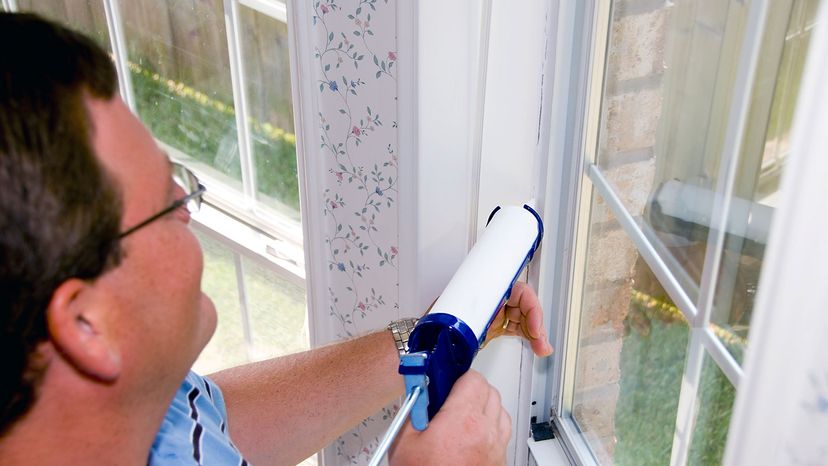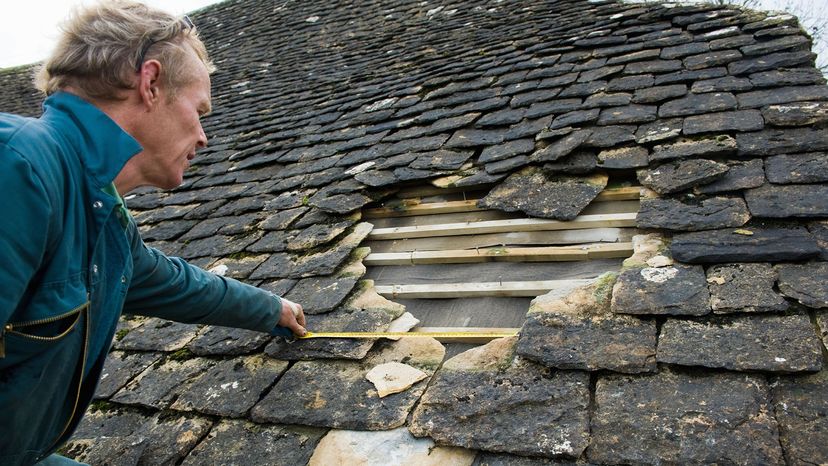
To maintain a pest-free environment indoors, it's important to learn how to keep bugs out of the house. Not only do they create unsanitary conditions, but they're also just plain annoying, from the buzz of a fly to the itchy bite of the mosquito.
Bees, wasps and scorpions can cause painful stings, while fleas, mosquitoes and ticks can carry diseases that they transport to pets or humans. Even the common cockroach can be a major contributor toward allergies and asthma attacks, especially in children [source: Asthma and Allergy Foundation].
Advertisement
With more than 10 quintillion bugs in the world (that's 10,000,000,000,000,000,000!), bug-proofing the home can sometimes feel like a losing battle [source: Smithsonian Institute]. Fortunately, by understanding what attracts them to your home, you can begin making changes that will help get rid of pesky bugs for good.
Just like humans, insects need food, water and shelter to survive. By eliminating their food supply and getting rid of bug's favorite hiding spots, you can reduce the risk that insects will take up residence in your home.
Of course, the best way to prevent infestation is to keep bugs out entirely. To do this, you'll need to seal up the cracks and gaps in your home's exterior. By tightening up the entry points that insects use to gain access, you can greatly improve your chances of staying bug-free.
Ready to get started? Read on to the next section to learn how some simple door hardware can help you begin bug-proofing your home.




